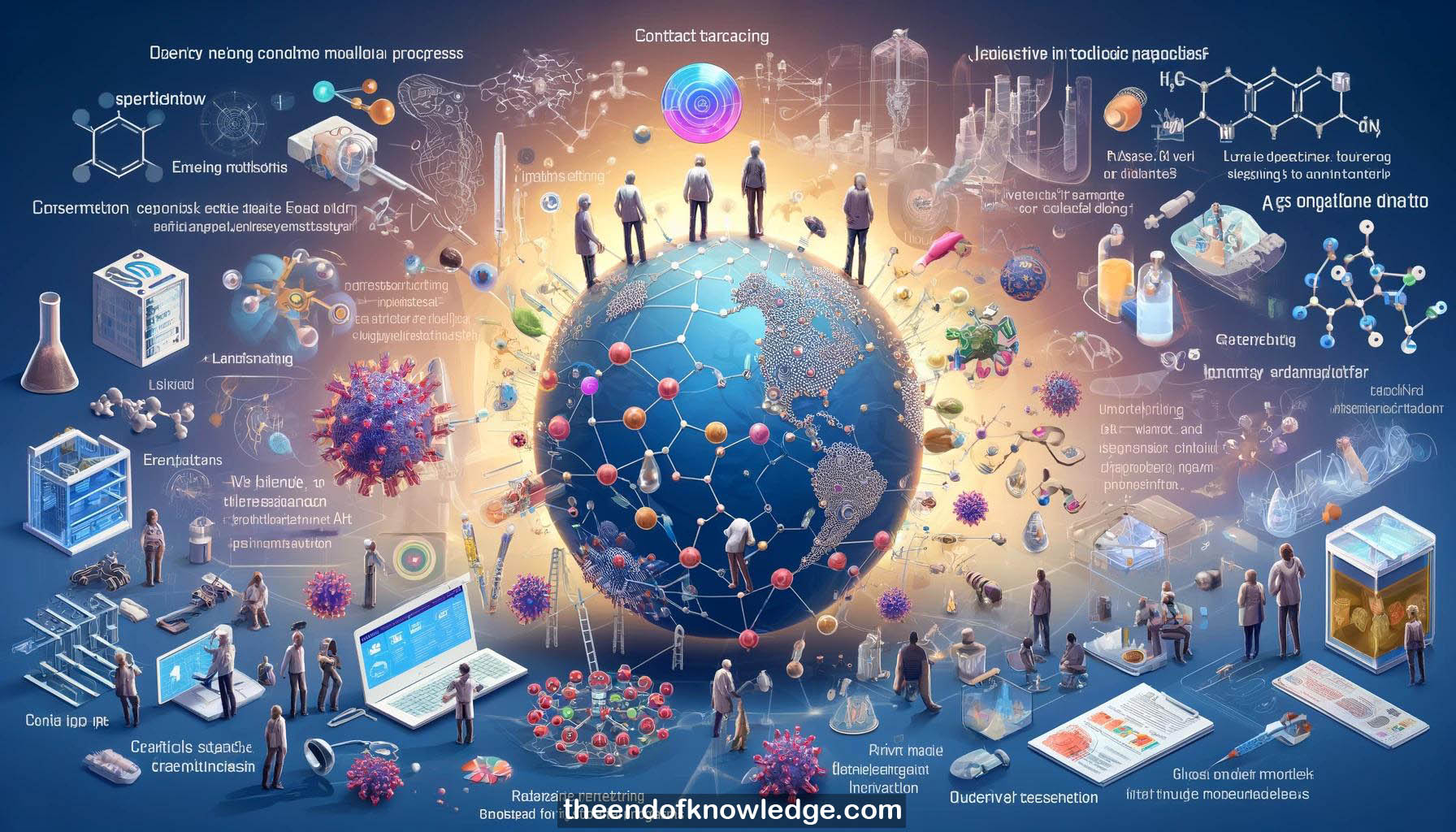 >
>
Concept Graph & Resume using Claude 3 Opus | Chat GPT4o | Llama 3:
Resume:
1.- Joshua Bengio discusses AI for good projects on contact tracing and drug discovery to fight COVID-19.
2.- AI researchers must understand their work's societal impact and collaborate with experts in other fields.
3.- A wisdom race exists between technological progress and collective wisdom. AI can be used for good or misused by the powerful.
4.- The Covi contact tracing app uses self-reported symptoms to provide early warnings and help people avoid infecting others.
5.- An epidemiological model simulates different contact tracing strategies. Covi outperforms manual and binary digital tracing.
6.- Privacy is a major challenge. Risk messages are quantized to prevent identifying individuals. Behavior recommendations use only 2 bits.
7.- Active learning balances exploring uncertain candidates and exploiting promising ones to efficiently discover new drugs.
8.- Graph neural nets can extend deep learning to molecule structure graphs and protein-drug interaction graphs.
9.- Reinforcement learning can generate drug candidates by making a series of molecule changes to optimize binding affinity reward.
10.- Current drug discovery incentivizes secrecy over sharing data and knowledge. An alternative model closer to academia could better align incentives.
11.- Dario Gil discusses the urgency of science during the pandemic and beyond, to solve complex global problems.
12.- AI is ushering in an era of accelerated scientific discovery, enhancing each step of the scientific method.
13.- AI can be applied to the language of chemistry to guide retrosynthesis planning and enable robotic synthesis of molecules.
14.- In 5 years, AI-driven materials innovations could impact carbon capture, fertilizers, batteries, electronic materials, and antiviral drugs.
15.- Quantum computers are needed to efficiently simulate quantum mechanical systems in chemistry and physics, as classical computers scale exponentially.
16.- Superconducting qubits allow exquisite control to create quantum computers. IBM aims to build a 1000+ qubit machine by 2023.
17.- Quantum circuits will be embedded into classical programs and executed on quantum hardware via the cloud.
18.- A fast-growing quantum computing community is exploring applications in science, research, education and software using IBM's quantum cloud service.
19.- Scaling up quantum computers over the next decade could enable a new paradigm of intelligent quantum simulation and discovery.
20.- Accelerating science also requires communities of discovery - collaborative, multi-disciplinary efforts between academia, industry, and government.
21.- The COVID-19 HPC Consortium exemplifies a community of discovery - aggregating supercomputing power and matching it with research proposals.
22.- The consortium has grown to 85+ projects across therapeutics, vaccines, virology and epidemiology, enabled by 600 petaflops of computing power.
23.- We need institutions like a "scientific readiness reserve" to proactively mobilize and coordinate scientific talent to solve critical challenges.
24.- Diversity of innovation models, from individual to institutional to community-oriented, provides a competitive advantage to solve hard problems.
25.- AI and nanotechnology are being explored to develop COVID-19 treatments as potential alternatives to vaccines, though vaccines are still promising.
26.- Indigenous communities' traditional knowledge could inform computational drug discovery when combined with AI simulation and validation.
27.- Scientific communities must close the loop between discovering solutions and implementing them to solve real-world problems.
28.- Technology alone is insufficient - human scientific creativity and collaboration between problem owners and solvers is key.
29.- Solving problems leads to new questions and discoveries, creating a virtuous cycle between fundamental research and applications.
30.- We need a new social contract and support mechanisms for science to rise to the urgency of our greatest challenges.
Knowledge Vault built byDavid Vivancos 2024